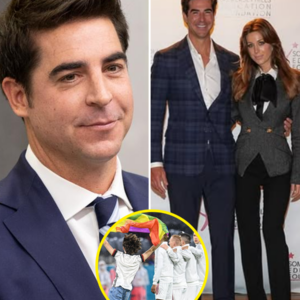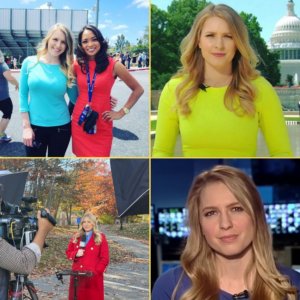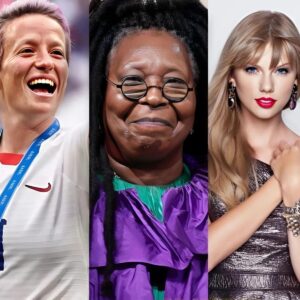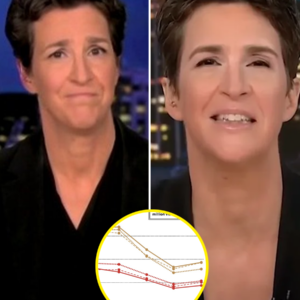The stark difference in pay between WNBA and NBA players has been a hot topic for years. As the WNBA continues to grow, with record-breaking viewership and increased fan engagement in recent seasons, the conversation around player compensation has intensified. But why is the pay gap between the two leagues so large? The answer lies in the economics, revenue generation, and structural differences between the WNBA and NBA.\

Revenue Generation: The Biggest Factor
The NBA is a financial juggernaut, generating billions of dollars annually. Its new 11-year media rights deal is worth a staggering $76 billion — approximately $7 billion per season. In contrast, the WNBA’s media rights deal, signed for the same 11-year period, is valued at $200 million annually. While that’s a significant boost for the women’s league, it pales in comparison to the NBA’s earnings.
This vast difference in revenue is the primary reason for the massive pay gap between NBA and WNBA players. The NBA’s larger fanbase, longer season, and extensive global reach have allowed it to build a financial empire. In contrast, the WNBA, which was only founded in 1997, is still establishing its footing in the sports world. With fewer games and a shorter season, the league doesn’t generate anywhere near the revenue of the NBA — yet.
Player Salaries: A Huge Disparity
Currently, the top WNBA players, such as Breanna Stewart and A’ja Wilson, earn a maximum salary of around $250,000 per season. Meanwhile, top NBA players like LeBron James and Stephen Curry earn upwards of $40 million per year — more than 160 times what the best WNBA players take home.
This gap is partly due to the revenue-sharing agreements in each league’s collective bargaining agreement (CBA). In the NBA, players receive a significant portion of revenue generated from TV deals, jersey sales, ticket sales, and sponsorships. In the WNBA, however, the revenue-sharing model is far less favorable for players.
As star guard Kelsey Plum pointed out, “We’re not asking to get paid the same as NBA players. We’re asking for the same percentage of revenue.” She explained that WNBA players don’t receive a share of jersey sales, something NBA players do. Plum’s comments reflect the frustration felt by many WNBA athletes, who see their likeness and merchandise sold without receiving compensation similar to their male counterparts.

NBA’s Financial Support for the WNBA
Another key difference is the financial relationship between the NBA and the WNBA. The NBA owns 50% of the WNBA and provides more than $15 million annually to help cover operating costs, including facilities, travel, and marketing. This support has been crucial in helping the WNBA grow, but it also limits the league’s financial independence.
While the NBA no longer relies on external funding, the WNBA is still in a developmental phase, requiring financial backing to maintain operations. This dependence impacts the amount of money the WNBA can allocate to player salaries.
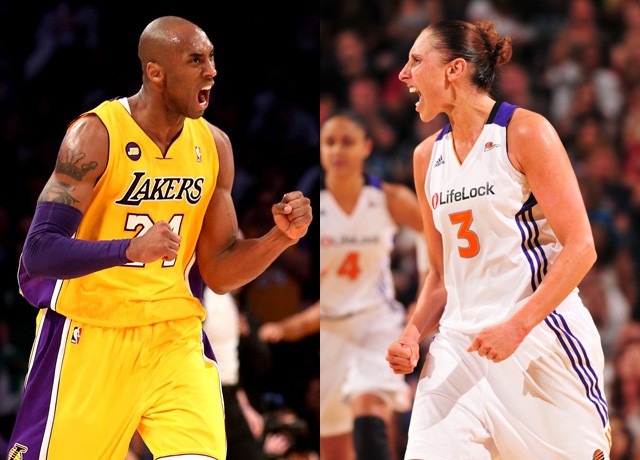
Season Length and Market Size
The length of the NBA season also plays a significant role in the pay disparity. The NBA’s 82-game regular season and postseason stretch over 260 days, providing nearly year-round coverage and countless opportunities for revenue through ticket sales, media broadcasts, and sponsorship deals.
The WNBA, on the other hand, plays just 40 games over a shorter season. Fewer games and a smaller market size mean fewer revenue streams, which directly impact the league’s ability to pay its players.
Sponsorships and Media Deals
Sponsorships also reveal a vast gap between the two leagues. The NBA has long-standing deals with some of the world’s largest brands, from Nike to Pepsi, generating millions in sponsorship revenue. The WNBA, while gaining traction with new deals from major companies like Google and AT&T, still operates on a much smaller scale.
The WNBA’s recent media rights deal, worth $200 million annually, has helped bolster the league’s profile, but it is still a fraction of the NBA’s $7 billion annual media revenue. NBA Commissioner Adam Silver once explained that bundling the NBA and WNBA media rights deals together was a strategic move to help grow the women’s game. However, the disparity in value between the two deals underscores how much room the WNBA still has to grow.
Future Growth: Closing the Gap
While the pay gap between the WNBA and NBA remains wide, there are signs that the gap could shrink over time. The WNBA is experiencing unprecedented growth in viewership and fan engagement. Its TV ratings have surged, and attendance has risen, signaling that the league is headed in the right direction. The WNBA’s $75 million funding round, which valued the league at $1 billion, is another indicator that the league’s financial prospects are improving.
The introduction of charter flights for teams, new sponsorship deals, and the continued push for higher salaries are all part of a larger effort to increase revenue and eventually close the pay gap. However, as the WNBA continues to expand, it will take time for these changes to translate into salaries that are more comparable to those in the NBA.
The Bottom Line
The vast pay gap between the WNBA and NBA is largely a reflection of the revenue each league generates. The NBA’s larger fanbase, longer season, and financial dominance give it a clear advantage in paying its players much more than the WNBA can currently offer. However, with increasing viewership, lucrative media deals, and rising interest in women’s sports, the WNBA is on a growth trajectory that could eventually narrow the gap. While it may take years before WNBA players see seven-figure salaries, the league is moving closer to that goal with each passing season.
